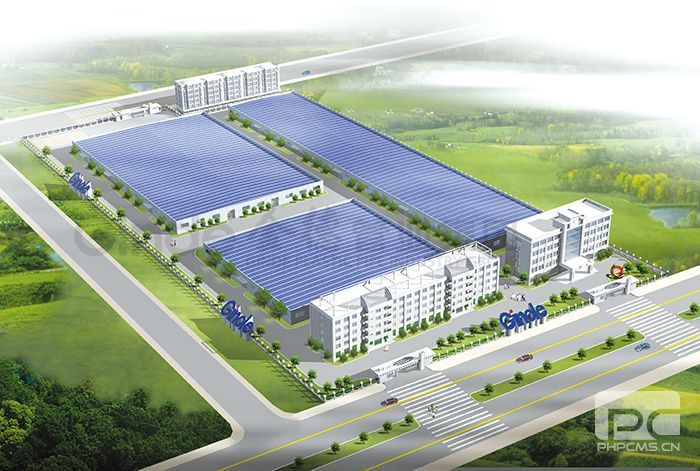By Akanimo Sampson
A new wave of industrial policies and increasing competition for international investment has sparked a boom in the establishment of Special Economic Zones (SEZs), according to the United Nations Conference on Trade and Development’s (UNCTAD) World Investment Report 2019.
The global tally of zones has increased to nearly 5,400, up from 4,000 five years ago, and more than 500 new SEZs are in the pipeline.
The industrial zones, which offer fiscal incentives and streamlined regulations to attract Foreign Direct Investment (FDI), are common in most developing and many developed economies. More than 145 economies operate such zones today.
“There are many examples of SEZs that have played a key role transforming economies, promoting greater participation in global value chains and catalysing industrial upgrading”, UNCTAD Secretary-General, Mukhisa Kituyi said.
“But for every success story there are multiple zones that did not attract the anticipated influx of investors, with some becoming costly failures”, Kituyi added.
SEZs are remodelling as they look beyond manufacturing to attract more investment, in line with shifts in the global economy.
Some focus on new industries, such as high-tech, financial services, or tourism. Others are targeting environmental performance, science commercialization, regional development or urban regeneration.
International cooperation on zone development is increasingly common, the report finds. Many zones are being built through bilateral partnerships.
Regional development zones and cross-border zones spanning two or three countries are also becoming a feature of regional economic cooperation. One example is the new cross-border zone comprising Burkina Faso, Côte d’Ivoire and Mali in the SKBo triangle.
The report observes that only a few countries regularly assess the performance and economic impact of their SEZs, and therefore proposes an SEZ sustainable development profit and loss statement to guide policymakers in the design of a comprehensive monitoring and evaluation system.
The report emphasises the need for financial and fiscal sustainability of zones, as their broader economic growth impact can take time to materialise.
High up-front costs due to over-specification, subsidies for zone occupants, and transfers to zone regimes of already operating firms pose the greatest risks to fiscal viability.
The report sets out lessons learned on the design, operations and governance of zones aimed at minimising risks and maximising the development impact of zones.
The report also flags new challenges for SEZs:
-
The need for modern SEZs to make a positive contribution to the Environmental, Social and Governance (ESG) performance of countries’ industrial base. This can be done through services (e.g., inspectors, health services, waste management and renewable energy installations) that can be provided more easily and cheaply in the confined areas of SEZs.
-
The need for SEZs to adapt in the digital economy, by improving access to skilled resources, high levels of data connectivity and relevant technology service providers. SEZs may also have new opportunities to target digital firms
-
The current challenging global policy environment for trade and investment, with rising protectionism, and shifting trade preferences. International cooperation on zone development is likely to become increasingly important.
The report also shows how the 2030 Agenda to achieve the Sustainable Development Goals (SDGs) provides an opportunity for the development of SDG model zones.
Such zones would seek to attract investment in SDG-relevant activities, adopt the highest levels of ESG standards and compliance, and promote inclusive growth through linkages and spill-overs.

